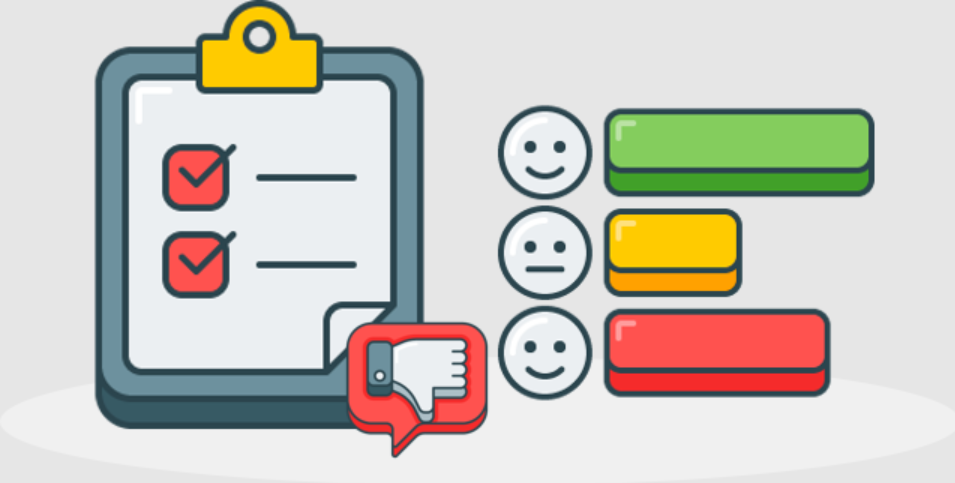Conversion Rate Optimisation (CRO) is a crucial aspect of any digital marketing strategy. It focuses on enhancing the efficiency of your website or app to turn visitors into customers. While quantitative data, such as click-through rates and bounce rates, provide valuable insights into user behavior, qualitative data plays an equally vital role in understanding the “why” behind these numbers. In this blog post, we’ll delve into why qualitative data is essential for CRO and how it can help you make informed decisions to improve your conversion rates.
Understanding Qualitative Data
Qualitative data refers to non-numerical information that provides context and insights into user behavior, preferences, and motivations. It often includes data gathered from sources such as surveys, user interviews, customer feedback, and usability testing. Unlike quantitative data, which deals with numbers and statistics, qualitative data helps you understand the human element behind user interactions.
Why is Qualitative Data Crucial for CRO?
- Uncovering User Intent and Motivation: One of the primary advantages of qualitative data is its ability to reveal why users take certain actions on your website or app. While quantitative data may indicate that a particular page has a high bounce rate, qualitative data can help you discover the reasons behind it. Through user interviews or surveys, you can learn about user intent, expectations, and motivations. This information can guide you in making adjustments that resonate better with your target audience.
- Identifying Pain Points and Usability Issues: Qualitative data is invaluable in pinpointing pain points and usability issues that quantitative data alone may not uncover. User testing sessions and feedback can uncover frustrating user experiences, confusing navigation, or broken functionalities. By addressing these issues, you can create a smoother, more user-friendly journey, which is likely to improve conversion rates.

- Tailoring Content and Messaging: Understanding your users’ language, preferences, and pain points through qualitative data allows you to create tailored content and messaging. When your website or app speaks directly to your audience’s needs and desires, you’re more likely to engage and convert visitors into customers. This customisation can significantly impact the effectiveness of your CRO efforts.
- Aiding in Hypothesis Formation: When optimising for conversions, it’s essential to develop hypotheses about what changes will yield the best results. Qualitative data can help you form educated hypotheses based on user insights. For example, if user feedback consistently mentions confusion during the checkout process, you can hypothesize that simplifying the checkout flow will lead to higher conversion rates. These hypotheses can guide your A/B testing and optimisation efforts.
- Validating Quantitative Data: Qualitative data can validate or challenge your quantitative findings. For instance, if a quantitative analysis suggests that users abandon their shopping carts at a high rate, qualitative data can reveal whether this is due to technical issues, high shipping costs, or other factors. This validation ensures that your CRO efforts are based on a comprehensive understanding of user behavior.
How to Gather Qualitative Data for CRO
- User Surveys: Create surveys to collect user feedback and insights about their experiences on your website or app.
- User Interviews: Conduct one-on-one interviews with users to delve deeper into their thoughts, motivations, and pain points.
- Usability Testing: Observe users as they interact with your website or app to identify usability issues and areas for improvement.
- Heatmaps and Session Recordings: Use tools like heatmaps and session recordings to visualise user interactions and identify patterns.
- Customer Support and Feedback: Analyse customer support inquiries and feedback to gain insights into common issues and user concerns.

In the world of Conversion Rate Optimisation, both quantitative and qualitative data are essential. While quantitative data provides valuable metrics and benchmarks, qualitative data offers the human context needed to make data-driven decisions. By understanding user intent, identifying pain points, tailoring your content, forming hypotheses, and validating quantitative findings, you can harness the power of qualitative data to enhance your CRO efforts. Remember that successful optimisation is a combination of both quantitative and qualitative insights, working in harmony to boost your conversion rates and, ultimately, your business’s success.


